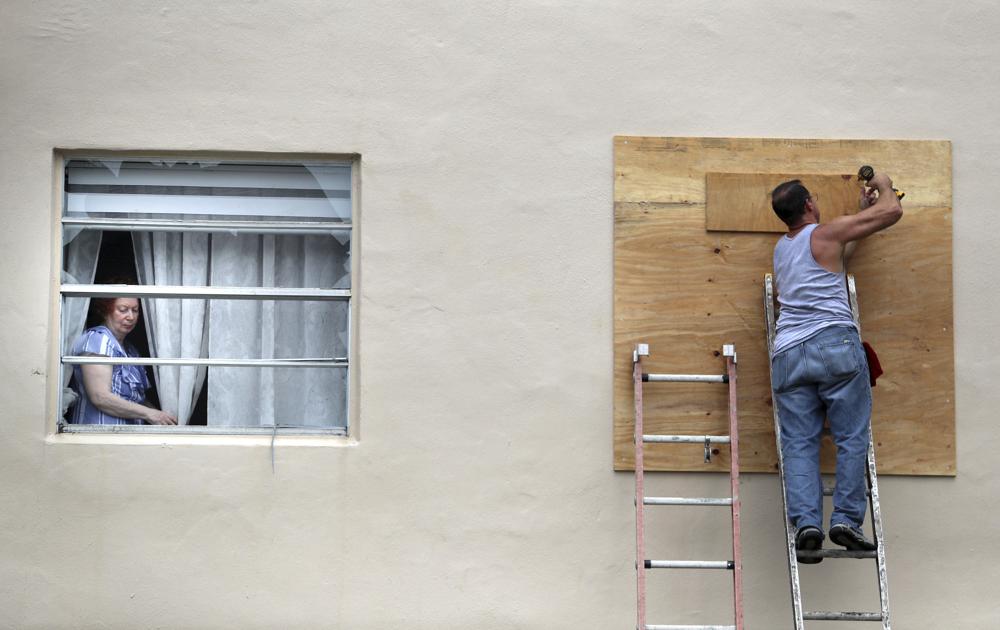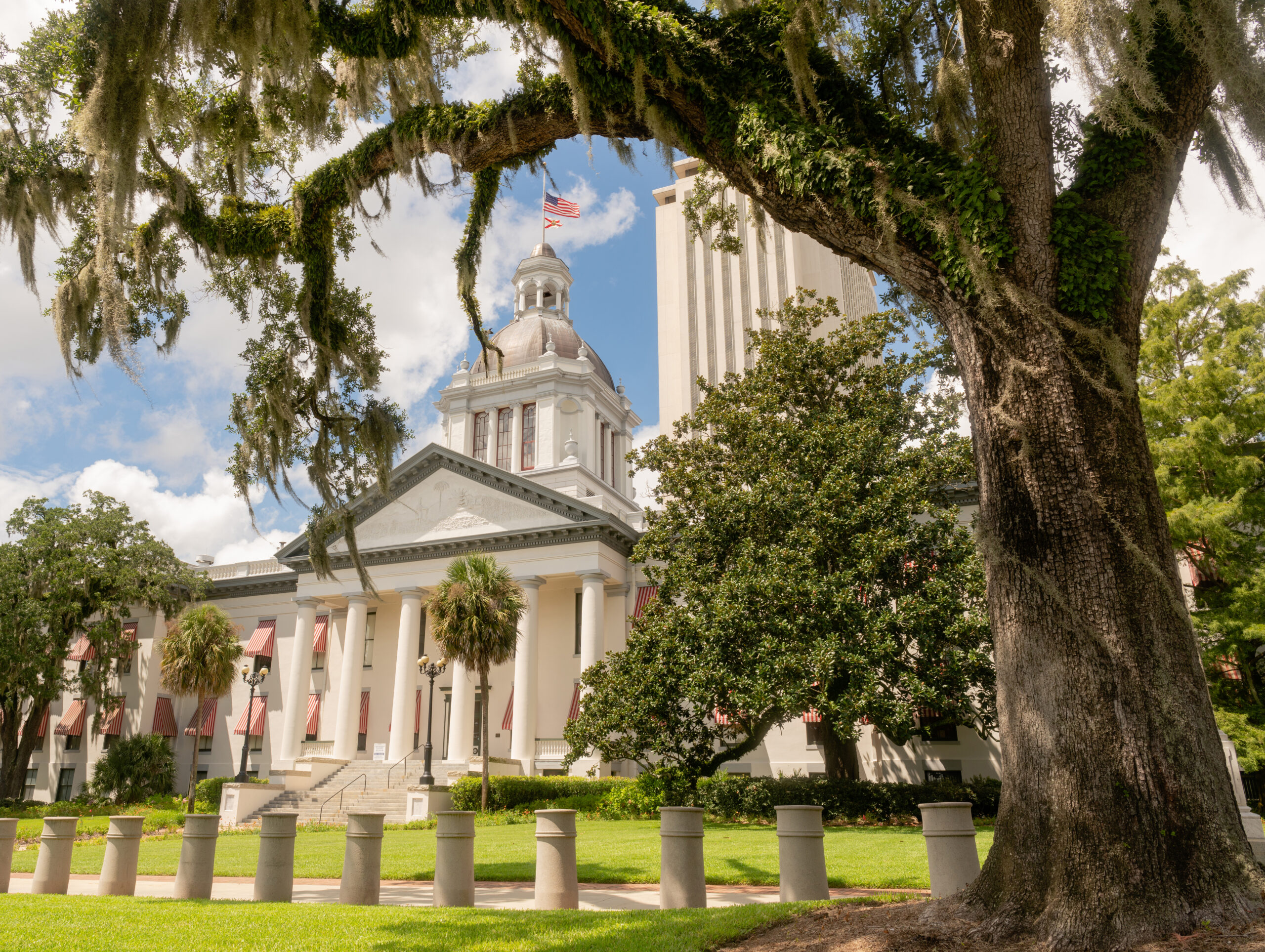Bad Faith reform is again a goal of the insurance industry during this session of the Florida Legislature. To understand the purpose of Florida
Bad Faith reform is again a goal of the insurance industry during this session of the Florida Legislature. To understand the purpose of Florida “Bad Faith” insurance laws, I will start with a basic primer. Florida Statutes, in §624.155, prohibits an insurer from “not attempting in good faith to settle claims when, under all the circumstances, it could and should have done so, had it acted fairly and honestly toward its insured and with due regard for her or his interests.” The question, it would appear, is to ask “Why is the insurance industry so opposed to a law that merely requires it to act fairly and honestly towards it’s insured?”
The importance of this statute for Florida consumers cannot be understated. I will examine this statute in the context of a Florida automobile accident case. Hypothetically speaking, John Doe is traveling through the intersection of Main Street and U.S. 19 in New Port Richey, heading south to get home to Tarpon Springs. Jane Doe temporarily is not paying attention, and inadvertently goes through the red light as she is heading west on Main Street, broadsiding the driver’s side of John’s car. As a result of the automobile accident, John is “Bayflighted” to Bayfront Medical Center, where he undergoes surgical repair of a fractured femur. John also requires extensive outpatient care, and although he returns to work after three weeks, he suffers from chronic back pain. His total medical expenses after just a few months amount to $75,000.00.
Jane Doe was insured through Acme Insurance Company, and her policy provides $100,000.00 in bodily injury liability coverage that is available to John for his personal injury claim against Jane for her negligent operation of a motor vehicle (which would include past and future medical expenses, wage loss, pain and suffering, etc.). John Doe’s attorney sends all the medical records to Acme, and demands the $100,000 in coverage, agreeing that John will release Jane if the policy coverage is paid. In other words, if Acme Insurance pays the policy limits, Jane will have no further exposure to civil liability, and thus will suffer no economic harm due to injuring John. However, Acme jerks John’s attorney around, refusing to pay. Fed up with Acme’s unwillingness to pay what is clearly a reasonable demand, John and his attorney file suit, and a jury eventually returns a verdict for $675,000.00.
Taking the above hypothetical into consideration, understand that without Bad Faith laws, Acme Insurance has just doomed it’s own insured. All Acme would do after such a verdict is stroke a check for $100,000.00, and leave Jane Doe “on the hook” for the remaining $575,000.00, which would certainly ruin her financially. However, under the Bad Faith Statute, if several conditions are met, then Acme Insurance could be responsible for the full amount. Why? Because it did not act “fairly and honestly” in it’s fiduciary duty to protect it’s own insured!
The insurance industry complains that the Bad Faith statute is unfair, by exposing them to claims that far exceed the amount of the policy coverage. Specifically, it argues that nefarious and clever trial lawyers employ tactics to “set them up” for bad faith, by making it difficult for insurance companies to act in good faith, by employing such tactics as unreasonable deadlines or conditions. The industry, and those entities that do it’s lobbying, cry about a “bad faith crisis.” Frankly, all of these arguments by the insurance industry are red herrings and completely nonsensical. This is the reality of the environment under current bad faith laws:
























